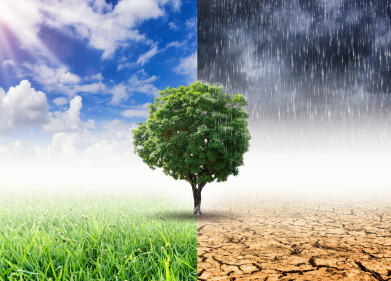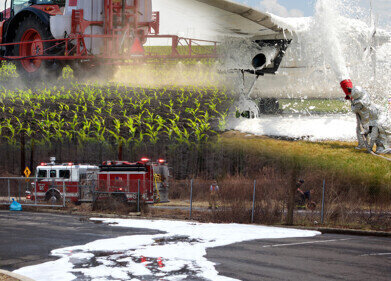Groundwater monitoring
Recent research offers hope in tracking groundwater contamination rutes
Apr 23 2024
A recent study conducted by researchers from Glasgow Caledonian University London and Trinity College Dublin has unveiled the potential of yeast as a viable means to trace pathways of groundwater pollution.
Traditionally, scientists have relied on specialised tracers to monitor the movement of pollutants in groundwater and determine their travel times. However, these conventional tracers often fail to mimic the behaviour of bacteria, posing challenges in accurately predicting the movement and speed of bacterial contamination in subsurface environments, including karst springs and wells. Karst groundwater reservoirs are critical sources of drinking water globally, yet they are highly susceptible to pollution.
In response to these challenges, Dr. Luka Vucinic, an environmental engineer and lecturer, and his team explored the use of yeast—a type of fungus—as an alternative tracer.
Dr. Vucinic explained, "Yeast presents several advantages—it is cost-effective, environmentally safe, and capable of representing various sizes of the most common pathogenic microorganisms. Despite its underutilisation due to historical measurement complexities, our study aimed to leverage advancements in technology to address these issues."
The researchers conducted experiments in two distinct regions in Ireland under summer conditions. They introduced yeast and specialised dyes into the water and monitored their movement using portable particle counting devices and flow cytometers capable of detecting and analysing microscopic entities such as cells.
In one experiment, conducted in narrow underground conduits within limestone formations where water flow was rapid, both yeast and dyes reached the spring simultaneously, indicating similar movement patterns for bacterial and chemical pollutants. However, in a slower water flow scenario, yeast was detected ahead of the dyes at the spring, suggesting varied behaviour and travel patterns of pollution underground.
Dr. Vucinic elaborated, "Both detection devices successfully identified yeast during the experiments, demonstrating the effectiveness of modern tools in tracking these minute tracers in karst environments. While one device did not exhibit significant advantages over the other, they both contributed to our understanding of underground water pollution pathways."
Furthermore, Dr. Vucinic presented another study at the 2024 European Geosciences Union (EGU) General Assembly in Vienna, focusing on human wastewater contamination in karst aquifers. This study highlighted the association between contaminants such as fluorescent whitening compounds, microplastics, and faecal sterols with faecal pollution in groundwater.
Of particular interest was the correlation observed between fluorescent whitening compounds and microplastic pollution in karst springs. These compounds, commonly found in laundry detergents to enhance whiteness, were found to be linked to a majority of microplastic particles in groundwater samples.
Dr. Vucinic emphasised, "This study marks the first instance of establishing such a connection in samples from karst springs. Additionally, we demonstrated the feasibility of an inexpensive and relatively straightforward method for detecting fluorescent whitening compounds, which could be particularly beneficial for monitoring human wastewater contamination in developing nations."
Digital Edition
IET 35.2 March
April 2025
Air Monitoring - Probe Sampling in Hazardous Areas Under Extreme Conditions - New, Game-Changing Sensor for Methane Emissions - Blue Sky Thinking: a 50-year Retrospective on Technological Prog...
View all digital editions
Events
Apr 22 2025 Hammamet, Tunisia
Apr 22 2025 Kintex, South Korea
Analytica Anacon India & IndiaLabExpo
Apr 23 2025 Mumbai, India
Apr 23 2025 Moscow, Russia
Solar & Energy Storage Summit 2025
Apr 23 2025 Denver, CO, USA














_(4427399123)-(2).jpg)




